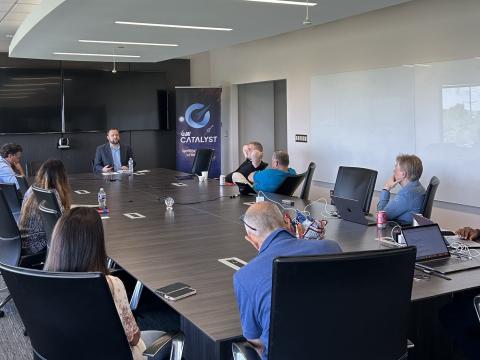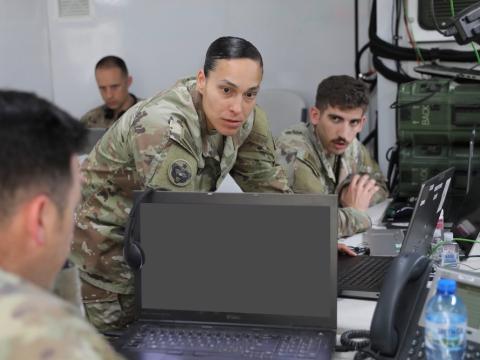Just Say Yes!
As Christopher Dorobek notes in this month's Incoming column, the role for federal CIOs is changing. There's been a lot of conversation about culture needing to change to get out of this "two-point-NO" mindset that many CIOs have. Our question for you is how does that change happen? How can we shape the culture so that government IT leaders can say "yes" to technology more often?
The role for federal CIOs is changing, says Christopher Dorobek in Be a CIO, Not a CI-No, this month's Incoming column. He gives props to the current administration for not just supporting information technology and e-government initiatives, but insisting on them, as evidenced by the appointment of key people to important positions and Obama's own determination to not be PDA-less:
Two early and powerful actions have made clear the Obama link between information technology and governing. Perhaps one of the most powerful actions was when President Obama insisted-demanded-that he have a personal digital assistant. That single action spoke volumes about how core information technology is to the country's new chief executive. It said that he understood the security concerns inherent with many technologies, but it also said that "no" was not an option. Another action was the creation of a White House new media office and the appointment of the Obama campaign's new media guru, Macon Phillips, as its leader. Creating the Obama CIO, the White House Office of New Media and the Obama chief technology officer (CTO) were not just semantic steps. The leaders of those organizations-Kundra, Phillips and CTO Aneesh Chopra, respectively-understand that their job is not about information technology. Their success or failure will depend on the government's ability to carry out its mission. And, in a significant step, it links responsibility with authority.These developments are signs that It's not enough for the IT departments that CIO's run just to keep the network up, anymore, Dorobek continues. And that is where the huge, uncomfortable shift is taking place:
... increasingly, they are being pressed to focus on tools that further enable agencies to carry out their missions and to become even more core to the mission. But too often, CIOs are not the enablers. Many information technology organizations become "no zones," and the CIO becomes the CI-No. When personnel go to their information technology organization with an idea, they are told all the reasons they cannot do something. And that is particularly true with Web 2.0 applications because of security concerns.So there's been a lot of conversation about culture needing to change to get out of this "two-point-NO" mindset. We've heard the call for that change from admirals and generals at our own AFCEA events, to say nothing of the wider Government 2.0 conversation on the web and the digital governance movement afoot in public administration circles. Our question for you is how does that change happen? How can we shape the culture so that government IT leaders can say "yes" to technology more often?



Comments